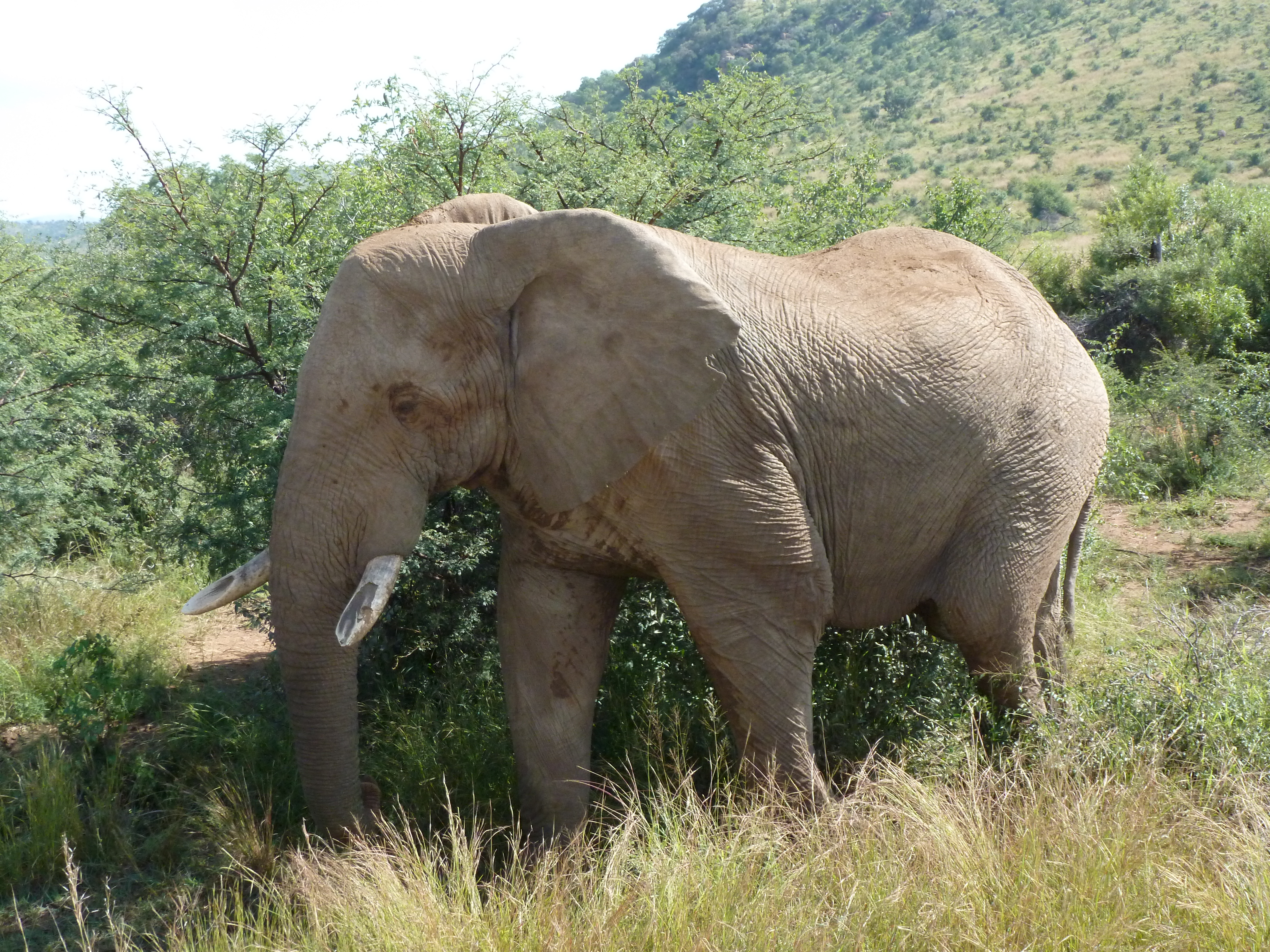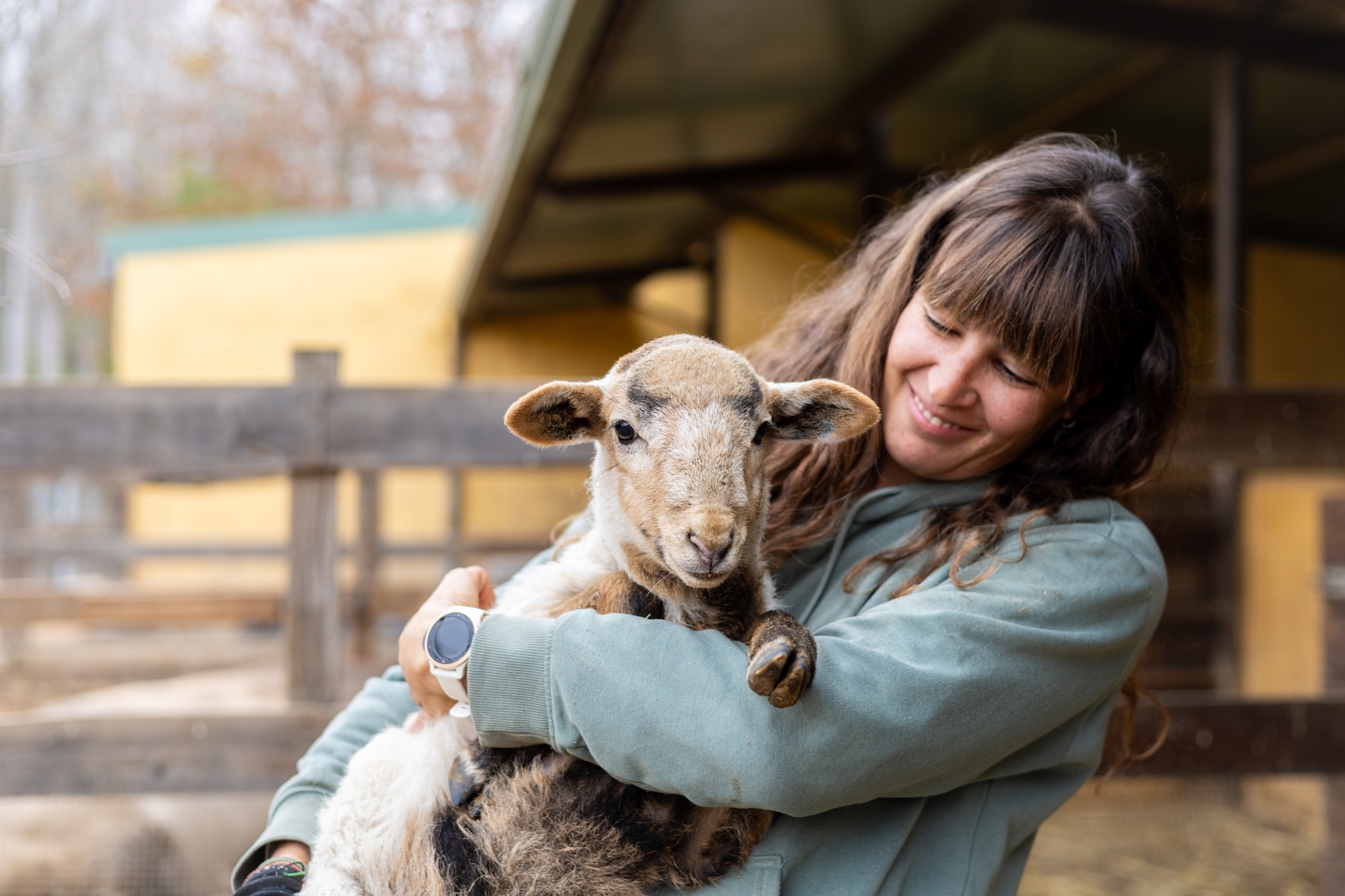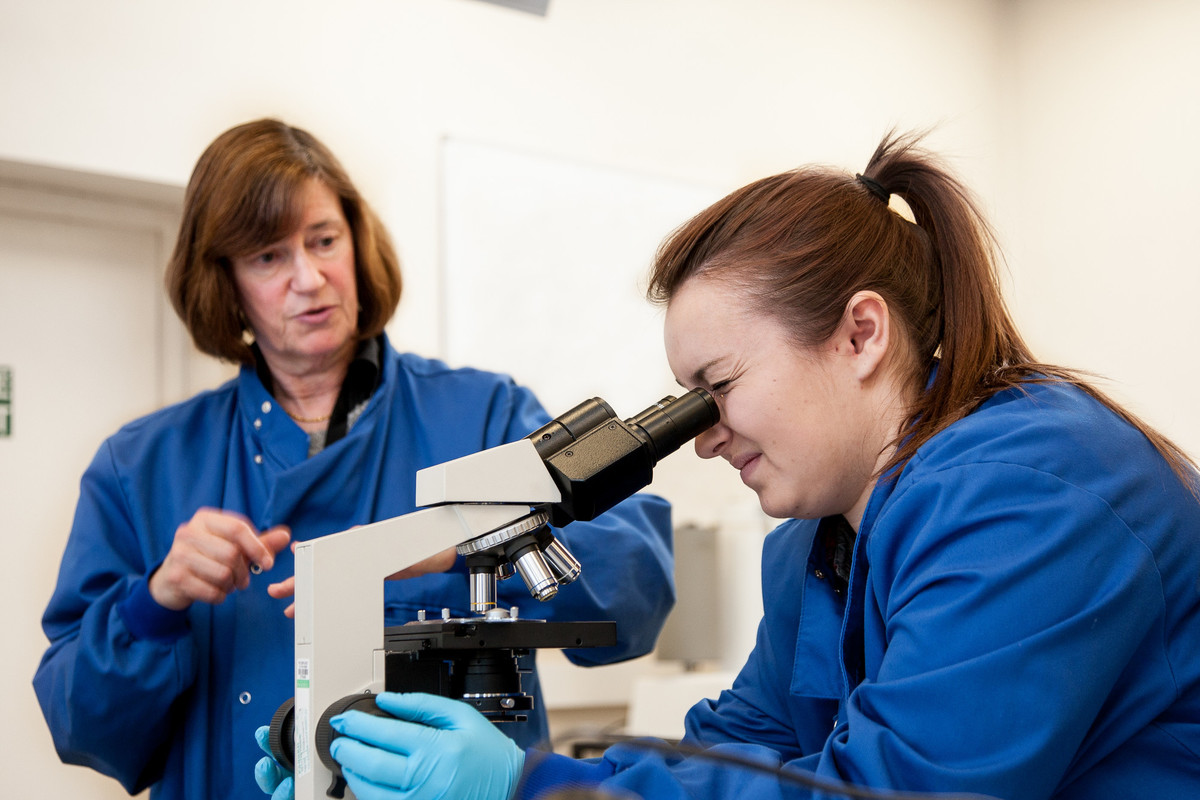School of Natural Sciences

The School of Natural Sciences offers a diverse range of animal-based programmes designed to provide the perfect gateway to your future career. We pride ourselves on the flexibility of our courses, allowing each individual student to be the architect of their university experience. We are proud to boast a combination of innovative teaching and cutting edge research.
Vision
Our vision is to be a nationally and internationally recognised School for innovative and inclusive teaching and research. We strive to integrate the key sciences of biology, chemistry and physics to bring about a significant change in society. The School of Natural Sciences is unique in its cross-disciplinary approach, preparing students to become future scientists and leaders of the world, who are value-driven agents of change.
Mission
To serve our local communities through excellent learning, teaching and research, and deliver this to a wide range of students, developing well-informed citizens and custodians of the planet.
We want to prepare students to be our future scientists and leaders of a world where the development of science and technology is increasingly important for the survival of life on earth.
Our Courses
- UCAS Code
- D329
- Start date
- Oct 2025, Oct 2026
- Level
- Undergraduate
- Duration
- 4 years

- UCAS Code
- Start date
- Oct 2025, Oct 2026
- Level
- Postgraduate
- Duration
- 1 year full-time, 2 years part-time

- UCAS Code
- D326
- Start date
- Oct 2025, Oct 2026
- Level
- Undergraduate
- Duration
- 3-6 years

- UCAS Code
- Start date
- Oct 2025, Oct 2026
- Level
- Postgraduate
- Duration
- 1 year full-time, 2 years part-time

- UCAS Code
- D391
- Start date
- Oct 2025, Oct 2026
- Level
- Undergraduate
- Duration
- 4 years

- UCAS Code
- D390
- Start date
- Oct 2025, Oct 2026
- Level
- Undergraduate
- Duration
- 3 years full-time, up to 7 years part-time

- UCAS Code
- N/A
- Start date
- Oct 2025, Oct 2026
- Level
- Postgraduate
- Duration
- 1 year full-time, 2 years part-time

- UCAS Code
- FV44
- Start date
- Oct 2025, Oct 2026
- Level
- Undergraduate
- Duration
- 3 years full-time, up to 7 years part-time

- UCAS Code
- N/A
- Start date
- Oct 2025, Oct 2026
- Level
- Postgraduate
- Duration
- 1 year full-time, 2 years part-time

- UCAS Code
- C101
- Start date
- Oct 2025, Oct 2026
- Level
- Undergraduate
- Duration
- 4 years

- UCAS Code
- C100
- Start date
- Oct 2025, Oct 2026
- Level
- Undergraduate
- Duration
- 3 years full-time, up to 7 years part-time

- UCAS Code
- N/A
- Start date
- Oct 2025, Oct 2026
- Level
- Postgraduate
- Duration
- 1 year full-time, up to 4 years part-time

- UCAS Code
- Start date
- Oct 2025, Oct 2026
- Level
- Postgraduate
- Duration
- 2 years

- UCAS Code
- D304
- Start date
- Oct 2025, Oct 2026
- Level
- Undergraduate
- Duration
- 4 years

- UCAS Code
- D303
- Start date
- Oct 2025, Oct 2026
- Level
- Undergraduate
- Duration
- 3-6 years

- UCAS Code
- 8H16
- Start date
- Oct 2025, Oct 2026
- Level
- Undergraduate
- Duration
- 4 years
.jpeg)
- UCAS Code
- 8H15
- Start date
- Oct 2025, Oct 2026
- Level
- Undergraduate
- Duration
- 3 years full-time, up to 7 years part-time
.jpeg)
- UCAS Code
- 51H7
- Start date
- Oct 2025, Oct 2026
- Level
- Undergraduate
- Duration
- 4 years
.jpeg)
- UCAS Code
- F101
- Start date
- Oct 2025, Oct 2026
- Level
- Undergraduate
- Duration
- 4 years

- UCAS Code
- F100
- Start date
- Oct 2025, Oct 2026
- Level
- Undergraduate
- Duration
- 3 years full-time, up to 7 years part-time
















